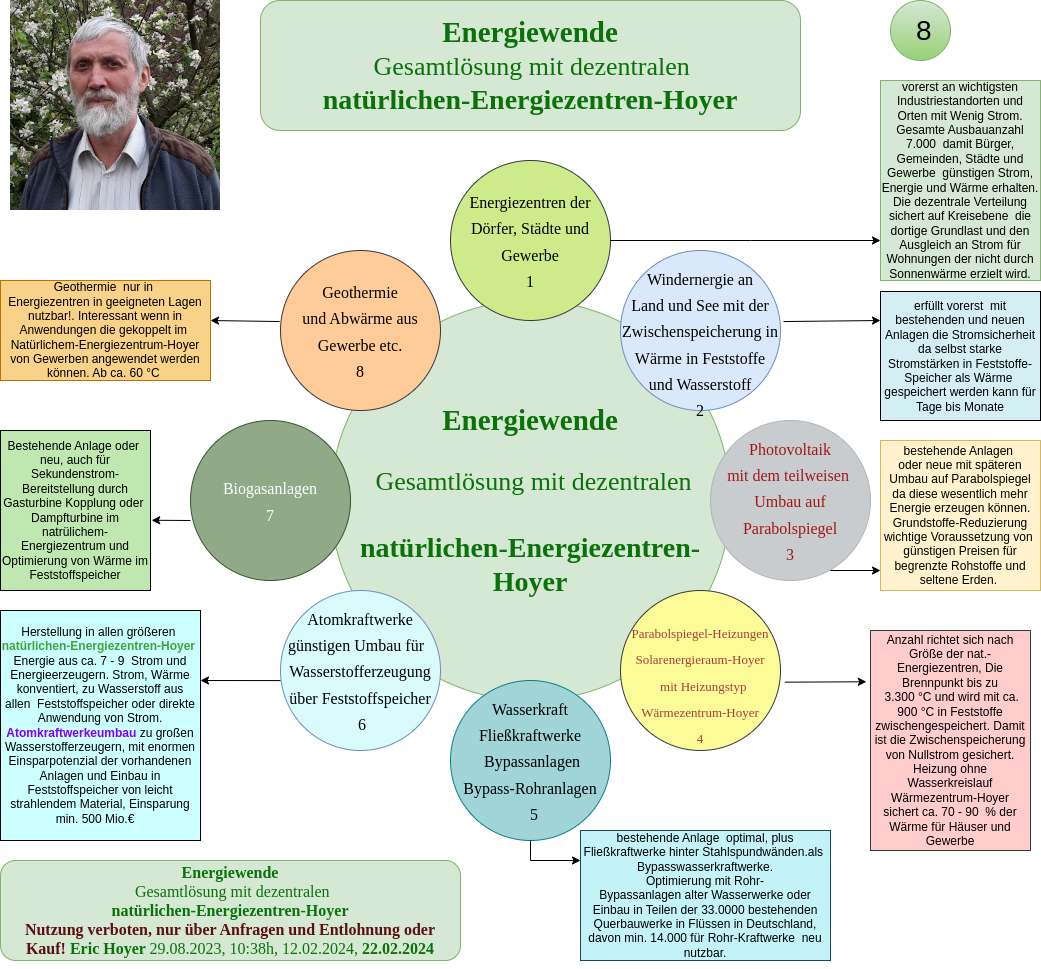High-Temperature Decay Test in Nuclear Power Plant Cooling Towers as Thermal Final Repository and Energy Storage
- Details
- Geschrieben von: Eric Hoyer
- Kategorie: High-Temperature Decay Test in Nuclear Power Plant Cooling Towers as Thermal Final Repository and Energy Storage
- Zugriffe: 35
High-Temperature Decay Test in Nuclear Power Plant
Cooling Towers as Thermal Final Repository and Energy
Storage
Eric Hoyer Date: April 21, 2025
Request for Scientific Examination
To: [University Name, Institute for Nuclear Engineering or Materials Science]
Dear Sir or Madam,
I would like to draw your institution’s attention to a pioneering scientific question that could open new avenues in both decommissioning and nuclear waste disposal research:
Would your university be interested in exploring a high-temperature decay test aimed at accelerating radioactive decay—based on the repurposing of decommissioned nuclear power plant cooling towers as thermal final repositories and energy storage systems?
For decades, I have been developing a concept ("Hoyer Solutions") that sees the remaining cooling towers of nuclear power plants as an opportunity for a dual purpose:
-
Storage of low- and intermediate-level radioactive materials from decommissioning
-
Long-term thermal treatment of these materials using surplus renewable energy
-
Integration into a Hoyer Hydrogen Center via solid-state storage
-
Electricity generation through the Hoyer Parabolic Mirror Heating System and zero-electricity buffer storage from 30,000 wind turbines and photovoltaic systems
A core aspect of this approach is the layered storage of contaminated materials, alternating with neutral, temperature-stable substances to ensure both physical separation and uniform heat distribution. This results in stable thermal storage zones within the cooling towers.
Technical Implementation Includes:
-
Hoyer Parabolic Mirror Heating System (up to 900 °C)
-
Hoyer Sphere Heater with soapstone layers (up to 1,900 °C, powered by surplus wind energy)
Hypothesis:
A continuous high-temperature treatment could significantly accelerate radioactive decay by inducing structural changes at the nuclear level, thereby offering a safer and more cost-effective solution to nuclear waste management.
Key Figures and Assumptions:
-
Approx. 25 cooling towers still available
-
Potential usable volume: approx. 5 million m³
-
Estimated decommissioning waste by 2060: approx. 600,000 t (excluding high-level radioactive material)
-
Utilizing existing nuclear infrastructure could reduce dismantling costs by approx. €25 billion (for 17 facilities)
-
Cooling towers could also serve as thermal buffer storage for surplus wind energy and extreme weather scenarios
Objective:
I seek to collaborate with scientific institutions such as yours to examine whether a high-temperature decay test (e.g., within an existing cooling tower) is both feasible and physically verifiable.
I firmly believe that such a pilot project could achieve considerable scientific and technological impact—both nationally and internationally. I would be delighted to receive your feedback and remain available for further explanations, sketches, and models.
Best regards, Eric Hoyer
📧
- Copilot übersetzt -
- ------------------------------------------------------------------------------------------------------------------

